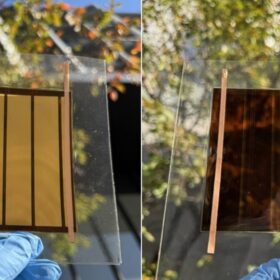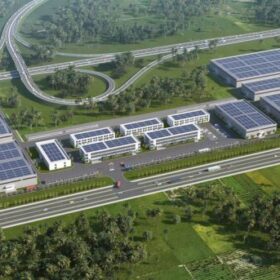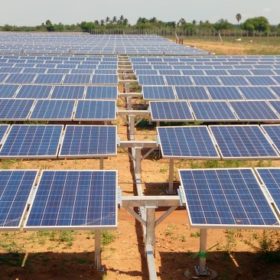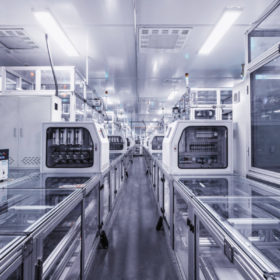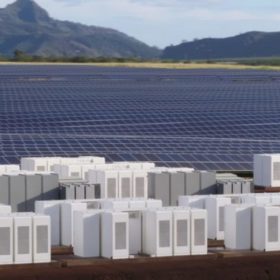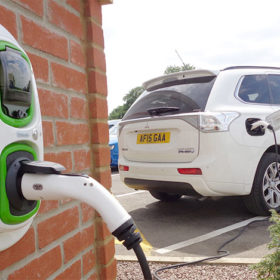Polysilicon glut may reverse into shortage by 2028, says Bernreuter
China’s polysilicon output hit 3.25 million metric tons (MT) in 2024, driving global prices below $4.50/kg, says Bernreuter Research. The Germany-based market analytics firm warns the market could swing to a shortage by 2028 if capacity cuts overshoot.
Taiwan proposes mandatory solar for new buildings
The Taiwanese government has proposed new rules requiring PV installations on most new, expanded, or renovated buildings. The draft standards aim to boost renewable energy and decarbonisation by setting minimum solar capacity requirements, with potential exemptions for insufficient sunlight or technical issues.
SolarPower Europe expels Huawei amid EU bribery probe
SolarPower Europe (SPE) has dropped Huawei as a member amid an EU corruption investigation, as the European Commission moves to sever ties with trade groups representing the Chinese tech giant. The decision marks the first such removal by the Brussels-based solar lobby.
Scientists unveil durable perovskite PV modules with carbon nanotube electrode
Japanese researchers have engineered a 100 cm² perovskite solar cell module featuring a robust single-walled carbon nanotube (CNT) electrode to improve durability and enable dual-sided light absorption.
SEG Solar signs land deal to make solar cells, wafers, modules in Indonesia
SEG Solar has secured a land-use agreement for a solar-focused manufacturing site in an industrial zone on the Indonesian island of Java. The $500 million plan will involve the production of 5 GW of silicon wafers, 5 GW of solar cells, and 5 GW of PV modules.
Covid-19 pandemic puts 150 GW of PV, wind at risk in Asia
Up to 150 GW of PV and wind projects could be postponed or canceled throughout the Asia-Pacific region by 2024 if the coronavirus-triggered recession continues beyond the current year, according to new research by Wood Mackenzie.
The long read: South Korea’s burning issue
The string of fires that shook up South Korea’s booming energy storage market throughout 2018 brought development to a screeching halt this year. Throughout the lackluster first half of 2019, manufacturers, installers and analysts remained cautiously hopeful that a government investigation into the fires might plant the seed for late-year market growth. However, another outbreak of fires in the months since the conclusion of the probe has shaken industry morale once again, snuffing out any lingering hopes for a quick recovery.
The long read: China’s battery boom
The global energy storage market is poised to grow rapidly in the coming years, with Bloomberg New Energy Finance (BNEF) predicting $620 billion in investment over the next two decades will push cumulative global installations to 942 GW/2,857 GWh by 2040. Declining lithium-ion battery costs are driving much of this growth, with BNEF expecting the cost of utility-scale storage systems to fall roughly 52% through 2030, following an approximate 80% slide in the average price of lithium-ion battery packs in the first seven years of the current decade.
PV+storage opportunity looms in Asia-Pacific region: WoodMac
Solar-plus-storage could be competitive against gas peaking power plants in Australia within the next five years, as the average solar-plus-storage LCOE across the Asia-Pacific region is set to fall from $133/MWh this year to $101/MWh by 2023, according to a newly released research report.
EVs may account for more than half of global car sales by 2040: BNEF
Electric vehicles could account for more than half of all passenger cars and buses sold throughout the world within the next two decades, according to a new report by BloombergNEF. Sliding lithium-ion battery costs will make EVs cheaper than vehicles based on internal combustion engines by the mid- to late-2020s, the research firm says.


